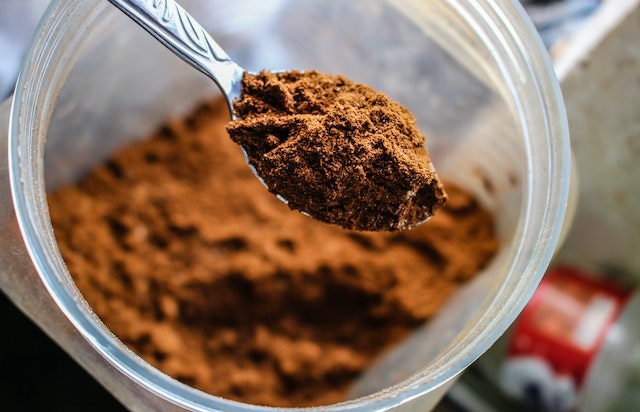Botanical Description:
Scientific Name: Theobroma cacao
Family: Malvaceae
Common Names: Cacao, Cocoa Tree
Description: Cacao is a small evergreen tree native to the deep tropical regions of Central and South America. It belongs to the Malvaceae family. The tree produces large pods containing seeds, commonly known as cocoa beans. The leaves are broad, dark green, and leathery. Cacao flowers are small, pink to white in color, and grow directly on the trunk and older branches. The beans inside the pods are fermented, dried, and processed to produce cocoa and chocolate.
Disclaimer:
This Materia Medica is provided for informational purposes only and should not replace professional medical advice. Please consult with a qualified healthcare practitioner or herbalist before using any herbal remedies.
Therapeutic Actions:
- Antioxidant: Cacao is rich in antioxidants, providing protection against oxidative stress.
- Cardioprotective: It has potential cardioprotective effects, supporting heart health.
- Mood Enhancement: Cacao contains compounds that may contribute to mood enhancement and feelings of well-being.
- Vasodilator: Cacao has vasodilatory effects, supporting healthy blood flow.
- Mineral-Rich: It is a good source of minerals such as magnesium, iron, and copper.
Constituents:
- Theobromine: Theobromine is a stimulant found in cacao, providing a mild energy boost.
- Flavonoids: Cacao is rich in flavonoids, including catechins and epicatechins, which contribute to its antioxidant properties.
- Phenylethylamine (PEA): PEA is a compound found in cacao that may influence mood and feelings of pleasure.
- Magnesium: Cacao is a significant source of magnesium, supporting muscle and nerve function.
Traditional Uses:
- Mood Enhancement: Cacao has been traditionally used for its potential to enhance mood and promote feelings of happiness.
- Heart Health: The flavonoids in cacao are believed to have cardioprotective effects, supporting cardiovascular health.
- Energy Boost: Theobromine, a natural stimulant in cacao, provides a mild energy boost.
- Aphrodisiac: Cacao has historical use as an aphrodisiac, possibly due to its mood-enhancing and vasodilatory effects.
- Nutrient Boost: Cacao is a nutrient-dense food, providing essential minerals such as magnesium, iron, and copper.
Dosage and Preparation:
- Raw Cacao: Consuming raw cacao in the form of nibs, powder, or beans allows for maximum nutrient retention.
- Hot Chocolate or Tea: Prepare a beverage using cacao powder or cacao nibs to enjoy the flavor and potential health benefits.
- Dark Chocolate: High-quality dark chocolate with a high cocoa content can be consumed in moderation.
- Supplements: Cacao supplements, such as capsules or extracts, may be available. Follow product recommendations for dosage.
Cautions and Considerations:
- Caffeine Sensitivity: Individuals sensitive to caffeine should be mindful of the theobromine content in cacao.
- Added Sugar: Commercial chocolate products may contain added sugar, which can offset potential health benefits. Choose dark chocolate with minimal added sugars.
- Allergic Reactions: Some individuals may be allergic to components in cacao. Monitor for allergic reactions, and discontinue use if they occur.
- Individual Responses: Cacao affects individuals differently, and moderation is key. Excessive consumption may lead to negative effects.
Conclusion:
Cacao, with its rich antioxidant content, potential mood-enhancing effects, and nutrient density, offers a unique combination of flavor and potential health benefits. Enjoyed in moderation, it can be a delightful addition to a balanced diet. However, individual responses and sensitivities vary, and caution is advised, especially for those with caffeine sensitivity or allergies. Consulting with a qualified healthcare practitioner or herbalist can provide personalized guidance on incorporating cacao into a health and wellness routine.





